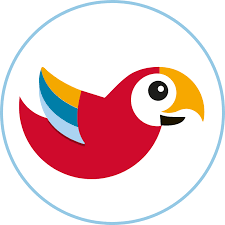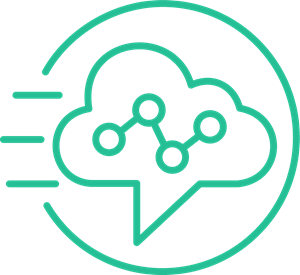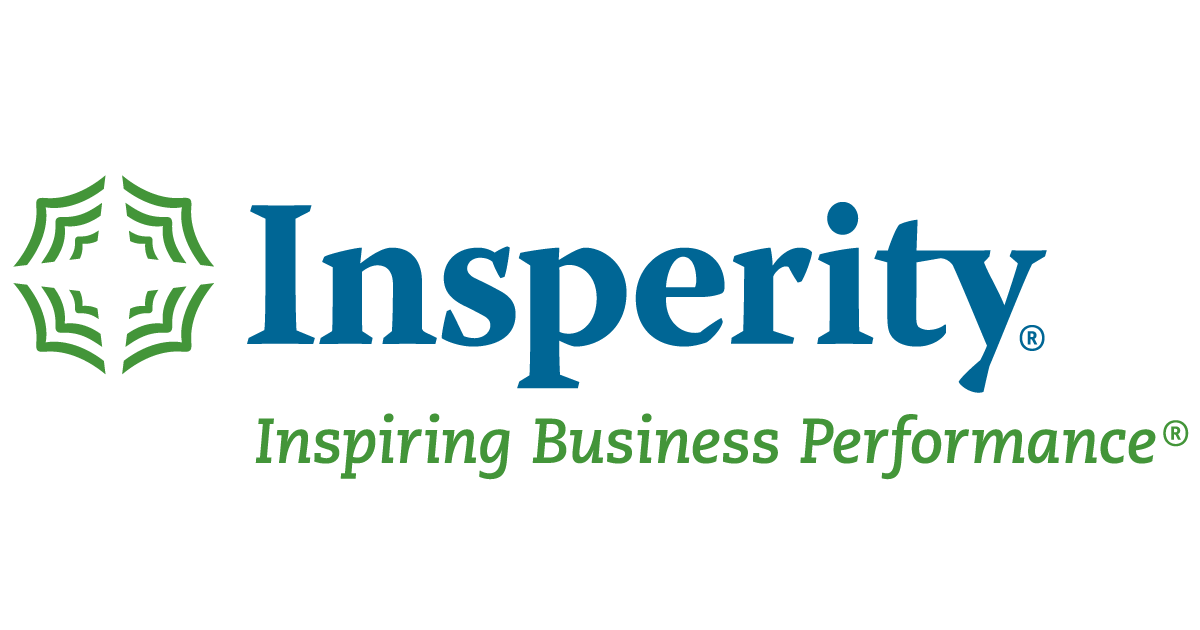It’s wild how many companies under-invest in their call centers. As consumers we’re actually used to waiting 5+ minutes to speak with a human, and this is after doing the work to even figure out how to get a human in the first place! On the other hand so many companies have built their entire empire on amazing customer service. That of course includes everything from lead times to site design to emails and various other features, but traditionally call centers have always been the main touch point for a customer. Think about it, usually the only time a human will interact with another human from your company is when they call. When you look at your current call center, are you ok with those people being the entire identity of your company to a segment of your customers? If not then you need to make some changes. Aside from calling your own customer service regularly though what else can you do to get a real idea of how the call center is doing? Below I’ve listed the 5 top metrics I watch to ensure we’re on track.
The 5 Most Effective Metrics For Call Centers

1. Hold Time. This one is pretty obvious. The longer you make your customer’s wait the worst the experience will be for them. I recently spoke with a representative from Stella Service, an E-commerce secret shopping and review company, and they told me anything over 30 seconds is considered bad. This 30 seconds also includes the phone menu the navigate through. So if you’re falling short of this average you might need to hire more people. If you’re hesitant to staff up consider this: you could have these extra staffers that may not always be busy scouring through Twitter and engaging in conversations about your products or offering helpful advice to people there talking about them. You could also have them pinning more products to your company Pinterest account to grow the following there as well. Ultimately a call center is part of marketing so you might as well extend some of these additional responsibilities to your employees there.
2. Merchant Reviews. An excellent way to get insights into how your call center is doing is by checking out merchant reviews and blog posts about your company. Typically the negative ones will detail exactly what the call center did wrong and so if you see trends you can address them in a quick and targeted manner. This will also give you a solid rating to compare yourself to competitors with to see how you’re doing.
3. Sales. Aside from resolving issues there is of course sales to monitor. If you do heavy sales on the phones then you’ll have a variety of incentives and metrics to watch here, but if you have mostly order takers in your call center you should still at the very least just track the revenue of each order taker. Sales is such a sensitive psychological process over the phone so if you happen to have for example a woman with an attractive voice taking orders over the phone vs. other people without that attribute, you might be getting twice the revenue through her without realizing it! I’ve seen this stuff before it’s not a joke! On the most basic level you need to measure all order takers against each other and then route all sales calls to those that have the highest revenue numbers. Even if they use no sales tactics whatsoever you may find that some of them are converting much more than their counterparts.
4. Resolution. This is an excellent metric to see how good your customer service is. Was the customer completely satisfied after the call? Did the employee have to call her back? Did she or he have to ask for approval first? Did she simply regurgitate a policy and leave the customer in a more angry state than before? The goal here is to resolve every call in a satisfactory matter the first time. Empower your team to resolve these issues on the first call using their best judgment.
5. The Anti-Metric: Call Duration. I mention this metric here because it is an important metric to NOT stress over. Quite the opposite actually, you should encourage longer calls. The idea that you are being more effective by forcing your team to end calls within a certain amount of time is nuts. When have you ever had a good conversation or been truly helpful when you were on the verge of beginning a conference call for example. By limiting the time an employee can talk you are taking their focus off the customer which will cause their performance to suffer. Zappos famously encourages long calls and has built an unbelievable tribe of loyal customers as a result. Trying to get your agents to work faster on calls is a bad strategy.
So while there are many other metrics to watch these stand out as the most important. The tools I’ve primarily used for these metrics are Vocalocity.com as a phone system, then I’ve also used Desk.com and Salesforce.com as CRMs. All have their benefits and drawbacks but having access to these stats is paramount for management. So if your current systems don’t offer this data consider making an investment to get it. Remember that your call center is part of your marketing department so it’s worth the investment, management, and analysis!



